
Deutsch-Chinesische Enzyklopädie, 德汉百科
 Anhui Sheng-AH
Anhui Sheng-AH


 Anhui Sheng-AH
Anhui Sheng-AH
 Belarus
Belarus
 Belarus
Belarus
 Belgium
Belgium

 Berlin
Berlin

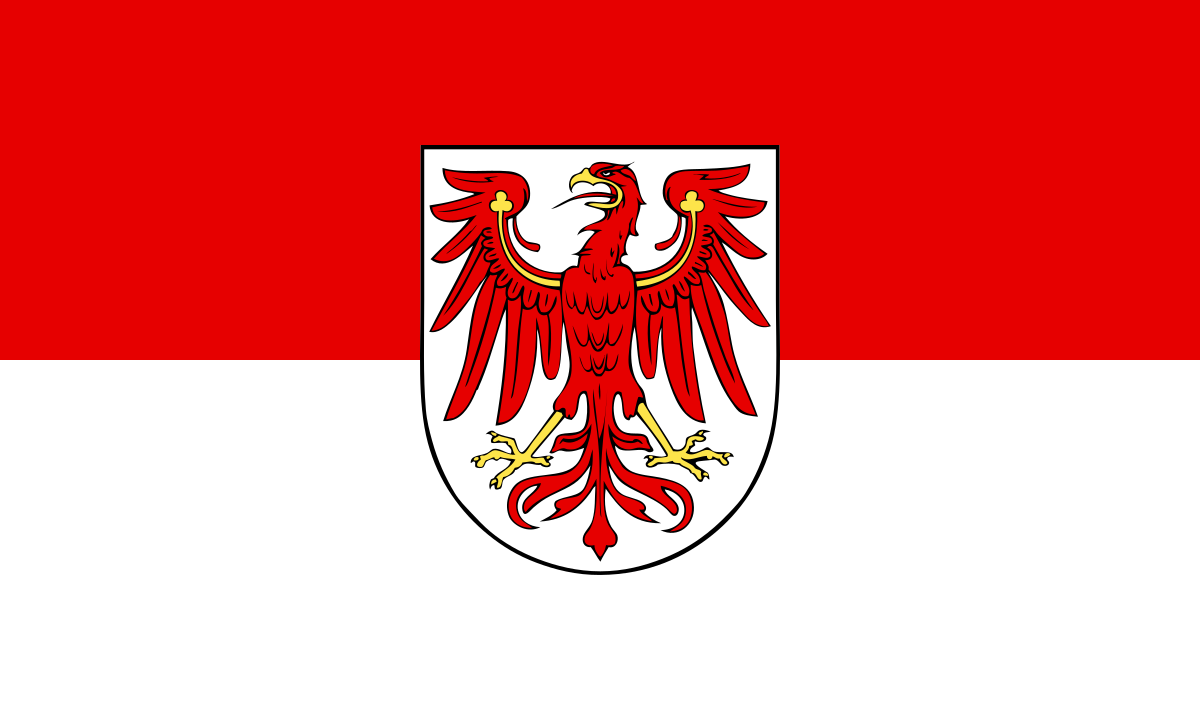 Brandenburg
Brandenburg

 Cataluña
Cataluña
 China
China
 Chongqing Shi-CQ
Chongqing Shi-CQ
 Germany
Germany
 England
England
 France
France
 Fujian Sheng-FJ
Fujian Sheng-FJ
 Gansu Sheng-GS
Gansu Sheng-GS
 Guangdong Sheng-GD
Guangdong Sheng-GD
 Guizhou Sheng-GZ
Guizhou Sheng-GZ
 Guizhou Sheng-GZ
Guizhou Sheng-GZ

 Hamburg
Hamburg

 Hand in Hand
Hand in Hand

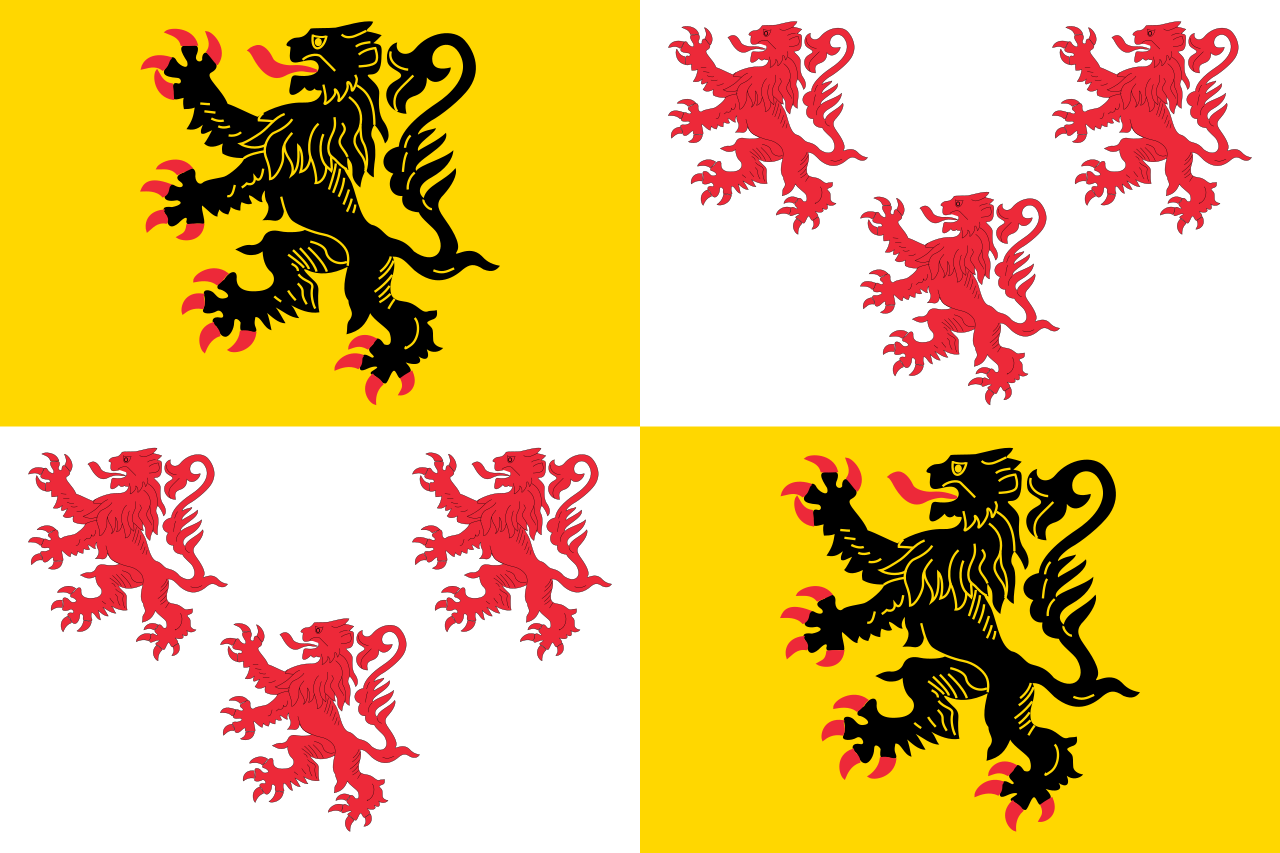 Hauts-de-France
Hauts-de-France
 Hebei Sheng-HE
Hebei Sheng-HE
 Heilongjiang Sheng-HL
Heilongjiang Sheng-HL
 Henan Sheng-HA
Henan Sheng-HA
 Hubei Sheng-HB
Hubei Sheng-HB
 Hunan Sheng-HN
Hunan Sheng-HN
 Jiangsu Sheng-JS
Jiangsu Sheng-JS
 Jilin Sheng-JL
Jilin Sheng-JL
 Kasachstan
Kasachstan
 Liaoning Sheng-LN
Liaoning Sheng-LN

 Madrid
Madrid

 Mecklenburg-Vorpommern
Mecklenburg-Vorpommern
 Nei Mongol Zizhiqu-NM
Nei Mongol Zizhiqu-NM

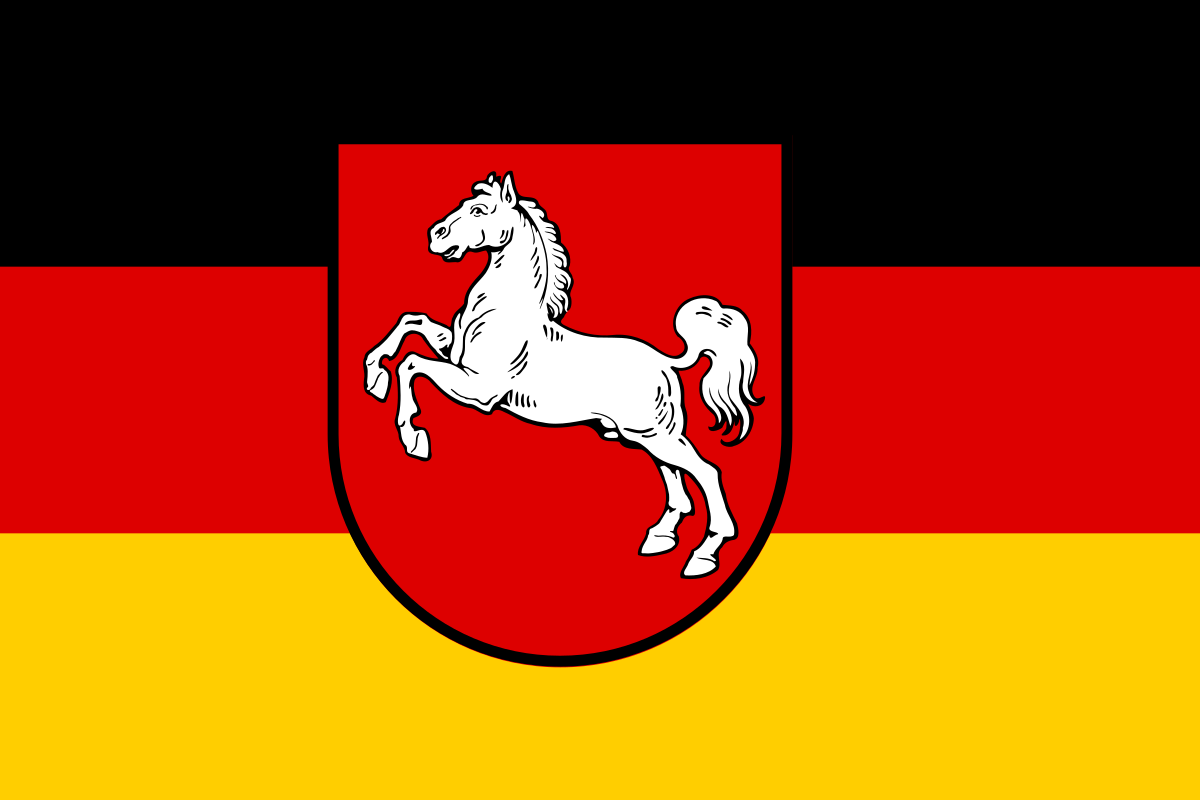 Lower Saxony
Lower Saxony
 Ningxia Huizu Zizhiqu-NX
Ningxia Huizu Zizhiqu-NX
 Nord-Pas-de-Calais
Nord-Pas-de-Calais

 North Rhine-Westphalia
North Rhine-Westphalia
 Poland
Poland
 Qinghai Sheng-QH
Qinghai Sheng-QH
 Russia
Russia

 Schleswig-Holstein
Schleswig-Holstein
 Silk road
Silk road
 Shaanxi Sheng-SN
Shaanxi Sheng-SN
 Shandong Sheng-SD
Shandong Sheng-SD
 Sichuan Sheng-SC
Sichuan Sheng-SC
 Spain
Spain
 Czech Republic
Czech Republic
 Uzbekistan
Uzbekistan
 United Kingdom
United Kingdom
 Xinjiang Uygur Zizhiqu-XJ
Xinjiang Uygur Zizhiqu-XJ
 Xizang Zizhiqu-XZ
Xizang Zizhiqu-XZ
 Zhejiang Sheng-ZJ
Zhejiang Sheng-ZJ

中欧班列(英语译名:China Railway Express 或 China-Europe Railway Express[1][2],简称为 CR express[3])是指按照固定车次、线路、班期和全程运行时刻开行,往来于中国与欧洲以及一带一路沿线各国的集装箱国际铁路联运班列,其中一班是从中国陜西省西安市开往欧洲的火车。[4]为加强与欧洲国家的商业贸易联络,中国政府和中国国家铁路集团与中亚和欧洲各国铁路系统协作,从起初重庆到德国的杜伊斯堡,发展到国内通达城市82个,国外通达欧亚国家的160多个城市,形成了阿拉山口、霍尔果斯、二连浩特、满洲里、绥芬河五大出境口岸,重庆、成都、西安、郑州、乌鲁木齐五大集结中心[5],开行从中国大陆到达最远伦敦、汉堡等地的国际联运列车。[3]
中欧班列也是世界上最长的货运铁路线,连接中国、哈萨克斯坦、俄罗斯、白俄罗斯、波兰、德国、法国、西班牙和伦敦。
Trans-Eurasia Logistics, AKA CHINA RAILWAY Express[1], was a joint venture between German rail company Deutsche Bahn and Russian RZhD, China Railway Corporation from China, Russian Railway Company, Russia operating container freight trains between Germany and China via Russia. The first such train arrived in Hamburg from Xiangtan on 6 October 2008, taking 17 days to make the trip.[2] Intermodal companies Polzug, Kombiverkehr, and TransContainer are also involved in the project.[3]
Container trains travel from China to Germany via the Trans-Mongolian and Trans-Siberian Railways, and then via Belarus and Poland - the route collectively known as the "Eurasian Land Bridge".[3] A break of gauge needs to be crossed when entering Mongolia from China (or Russia directly from China, if traveling via Manzhouli/Zabaykalsk), and then another one when leaving Belarus for Poland.
Trans-Eurasia Logistics operates the Yiwu - Madrid Railway line, which is the longest goods railway line in the world and connects China, Kazakhstan, Russia, Belarus, Poland, Germany, France and Spain. [4]
Trans-Eurasia Logistics est une coentreprise entre la Deutsche Bahn, la Kasachstan Temir Scholy, la China Railway Corporation et la Compagnie des chemins de fer russes, fondée en 20081
Elle permet à des trains de fret entre l'Allemagne et la Chine via la Russie, de réaliser ce trajet en dix-huit jours2.
 *Chinese think tanks
*Chinese think tanks
 Anhui Sheng-AH
Anhui Sheng-AH
 Beijing Shi-BJ
Beijing Shi-BJ
 Breakthrough Prize
Breakthrough Prize
 Fundamental Physics Breakthrough Prize
Fundamental Physics Breakthrough Prize
 Chinese Academy of Science
Chinese Academy of Science
 Gansu Sheng-GS
Gansu Sheng-GS
 Guangdong Sheng-GD
Guangdong Sheng-GD
 Hubei Sheng-HB
Hubei Sheng-HB
 Jiangsu Sheng-JS
Jiangsu Sheng-JS
 Jilin Sheng-JL
Jilin Sheng-JL
 Liaoning Sheng-LN
Liaoning Sheng-LN
 National Key Laboratory of Plant Molecular Genetics
National Key Laboratory of Plant Molecular Genetics
 Shaanxi Sheng-SN
Shaanxi Sheng-SN
 Shanghai Shi-SH
Shanghai Shi-SH
 Sichuan Sheng-SC
Sichuan Sheng-SC
 State key laboratory
State key laboratory
 State Key Laboratory for Superlattices and Microstructures
State Key Laboratory for Superlattices and Microstructures
 State Key Laboratory of Applied Optics
State Key Laboratory of Applied Optics
 State Key Laboratory of Biomembrane and Membrane Biotechnology
State Key Laboratory of Biomembrane and Membrane Biotechnology
 State Key Laboratory of Bioorganic and Natural Products Chemistry
State Key Laboratory of Bioorganic and Natural Products Chemistry
 State Key Laboratory of Catalysis
State Key Laboratory of Catalysis
 State Key Laboratory of Cell Biology
State Key Laboratory of Cell Biology
 State Key Laboratory of Coal Conversion
State Key Laboratory of Coal Conversion
 State Key Laboratory of Computer Architecture
State Key Laboratory of Computer Architecture
 State Key Laboratory of Computer Science, Institute of Software
State Key Laboratory of Computer Science, Institute of Software
 State Key Laboratory of Desert and Oasis Ecology
State Key Laboratory of Desert and Oasis Ecology
 State Key Laboratory of Drug Research
State Key Laboratory of Drug Research
 State Key Laboratory of Electroanalytical Chemistry
State Key Laboratory of Electroanalytical Chemistry
 State Key Laboratory of Functional Mmaterials for Informatics
State Key Laboratory of Functional Mmaterials for Informatics
 State Key Laboratory of Genetic Resources and Evolution
State Key Laboratory of Genetic Resources and Evolution
 State Key Laboratory of High Field Laser Physics
State Key Laboratory of High Field Laser Physics
 State Key Laboratory of High Performance Ceramics and Superfine Microstructure
State Key Laboratory of High Performance Ceramics and Superfine Microstructure
 State Key Laboratory of Information Security
State Key Laboratory of Information Security
 State Key Laboratory of Infrared Physics
State Key Laboratory of Infrared Physics
 State Key Laboratory of Isotope Geochemistry
State Key Laboratory of Isotope Geochemistry
 State Key Laboratory of Microfabrication Optical Technology
State Key Laboratory of Microfabrication Optical Technology
 State Key Laboratory of Molecular Biology
State Key Laboratory of Molecular Biology
 State Key Laboratory of Molecular Reaction Dynamics
State Key Laboratory of Molecular Reaction Dynamics
 State Key Laboratory of Multiphase Complex Systems
State Key Laboratory of Multiphase Complex Systems
 State Key Laboratory of Neuroscience
State Key Laboratory of Neuroscience
 State Key Laboratory of Nuclear Detection and Nuclear Electronics
State Key Laboratory of Nuclear Detection and Nuclear Electronics
 State Key Laboratory of Organometallic Chemistry
State Key Laboratory of Organometallic Chemistry
 State Key Laboratory of Phytochemistry and Plant Resources in Western China
State Key Laboratory of Phytochemistry and Plant Resources in Western China
 State Key Laboratory of Plant Genomics Institute of Genetics and Developmental Biology Institute of
State Key Laboratory of Plant Genomics Institute of Genetics and Developmental Biology Institute of
 State Key Laboratory of Polymer Physics and Chemistry
State Key Laboratory of Polymer Physics and Chemistry
 State Key Laboratory of Rare Earth Resource Utilization
State Key Laboratory of Rare Earth Resource Utilization
 State Key Laboratory of Remote Sensing Science
State Key Laboratory of Remote Sensing Science
 State Key Laboratory of Robotics
State Key Laboratory of Robotics
 State Key Laboratory of Soil and Sustainable Agriculture
State Key Laboratory of Soil and Sustainable Agriculture
 State Key Laboratory of Structural Chemistry
State Key Laboratory of Structural Chemistry
 State Key Laboratory of Transducer Technology
State Key Laboratory of Transducer Technology
 State Key Laboratory of Tropical Oceanography
State Key Laboratory of Tropical Oceanography
 State Key Laboratory on Integrated Optoelectronics
State Key Laboratory on Integrated Optoelectronics

 Science and technology
Science and technology
 *World famous research institutions
*World famous research institutions

 Science and technology
Science and technology
 Asian city
Asian city
 Xinjiang Uygur Zizhiqu-XJ
Xinjiang Uygur Zizhiqu-XJ
 Yunnan Sheng-YN
Yunnan Sheng-YN
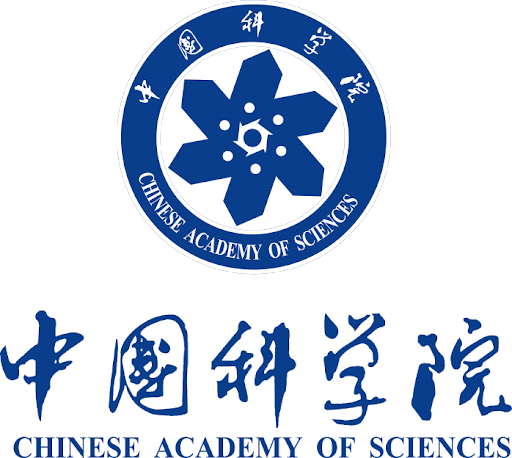
Die Chinesische Akademie der Wissenschaften, früher auch bekannt als Academia Sinica (chin. 中國科學院 / 中国科学院, Zhōngguó Kēxuéyuàn, engl. Chinese Academy of Sciences (Abk. CAS)), ist die nationale Akademie für Naturwissenschaften der Volksrepublik China. Sie ist dem Staatsrat der Volksrepublik China unterstellt. Sie wurde im November 1949 gegründet und hat ihren Sitz in Peking mit zahlreichen Instituten in ganz China.
Die Chinesische Akademie der Wissenschaften hat fünf Abteilungen:
- I. Mathematik,
- II. Physik,
- III. Chemie,
- IV. Geowissenschaften und
- V. Technologie.
Weiter gliedert sich die Akademie in zwölf Zweigstellen in Shenyang, Changchun, Shanghai, Nanking, Wuhan, Guangzhou, Chengdu, Kunming, Xi'an, Lanzhou und in Xinjiang. Die Chinesische Akademie der Wissenschaften hat 84 Institute, eine Universität (die Chinesische Universität der Wissenschaften und Technik in Hefei, Anhui), zwei Colleges, vier Dokumentations- und Informationszentren, drei Zentren für technologischen Support und zwei Editionseinheiten. Diese Zweigstellen und Büros der Chinesischen Akademie der Wissenschaften befinden sich in zwanzig Provinzen und regierungsunabhängigen Städten Chinas. Die Chinesische Akademie der Wissenschaften hat in acht Industriezweigen über 430 Hochtechnologie-Unternehmen ausgestattet oder geschaffen. Acht dieser Gesellschaften sind börsennotiert.
中国科学院[注 1],又简称中科院、科学院[4],是中华人民共和国科学技术方面的最高学术机构,全国自然科学与高新技术综合研究发展中心,为正部级国务院直属事业单位[5],于1949年11月在北京成立。1977年5月,哲学社会科学学部独立为中国社会科学院,1994年,在技术科学部的基础上及国家科委的支持下,成立中国工程院。
中国科学院与中国工程院并称“两院”。发展至今,中科院下设6个学部(数学物理学部、化学部、生命科学和医学学部、地学部、信息技术科学部、技术科学部),以及12个分院(北京、沈阳、长春、上海、南京、武汉、广州、成都、昆明、西安、兰州、新疆)、84个研究院所、2所大学、2所学院、4个文献情报中心、3个技术支撑机构和2个新闻出版单位,分布在全国20多个省(市)。此外,还投资兴办了430余家科技型企业(含转制单位),涉及11个行业,其中包括8家上市公司。此外,中国科学院还拥有(含与其他单位共建)4个国家实验室、85个国家重点实验室和153个中国科学院重点实验室。
管理有承担中科院各分院、研究所及大学的网络互联的中国科技网互联网骨干网。
 Anhui Sheng-AH
Anhui Sheng-AH
 Beijing Shi-BJ
Beijing Shi-BJ
 China
China
 Fujian Sheng-FJ
Fujian Sheng-FJ

 History
History
 Guangdong Sheng-GD
Guangdong Sheng-GD
 Jiangsu Sheng-JS
Jiangsu Sheng-JS

 Life and Style
Life and Style
 Shanxi Sheng-SX
Shanxi Sheng-SX
 Sichuan Sheng-SC
Sichuan Sheng-SC
 Taiwan Sheng-TW
Taiwan Sheng-TW
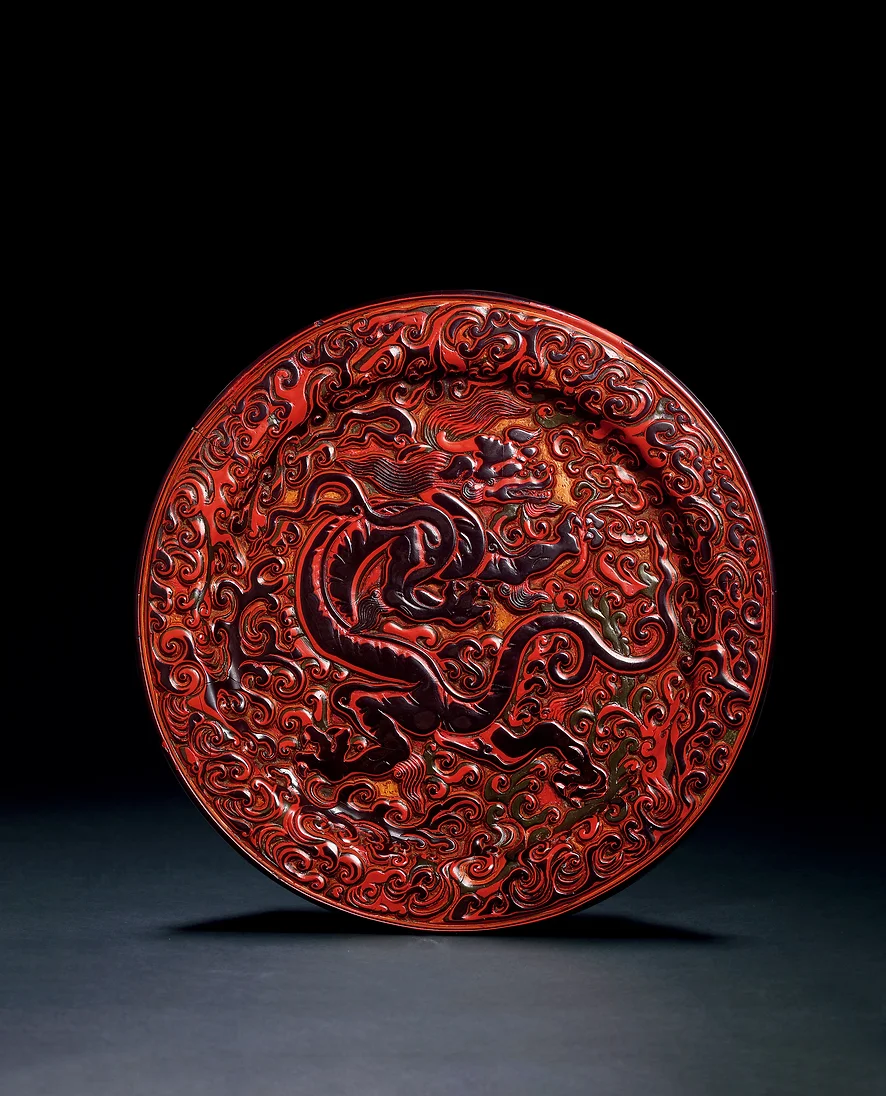
中国大陆和台湾﹐漆器仍是民间工艺的重要组成部分﹐著名的漆器工艺﹐包括福州的脱胎漆器﹐厦门的髹金漆丝漆器﹐广东晕金漆器﹐扬州螺钿漆器﹐山西平遥推光漆器﹐成都银片罩花漆器﹐安徽屯溪犀皮漆器﹐北京剔红漆器﹐细螺钿漆器﹐台湾南投县黑髹漆器等。
 Anhui Sheng-AH
Anhui Sheng-AH
 China
China
 Chinese Academy of Science
Chinese Academy of Science
 State key laboratory
State key laboratory
 State Key Laboratory of Nuclear Detection and Nuclear Electronics
State Key Laboratory of Nuclear Detection and Nuclear Electronics

Die Chinesische Universität der Wissenschaften und Technik, (chin. 中国科学技术大学, en. University of Science & Technology of China (USTC) ist eine Hochschule in der Volksrepublik China.
Die USTC wurde 1958 von der Chinesischen Akademie der Wissenschaften (Academia sinica) gegründet. Sie gilt als eine der Topuniversitäten Chinas und gehört zu den Universitäten des Projekts 211. An der Hochschule mit Sitz in Hefei studieren an neun Fakultäten und 23 Fachbereichen ca. 16.000 Studenten die von ca. 1100 Professoren und Dozenten betreut werden.

 Anhui Sheng-AH
Anhui Sheng-AH
 Chongqing Shi-CQ
Chongqing Shi-CQ

 History
History
 H 1000 - 500 BC
H 1000 - 500 BC

 History
History
 I 500 - 0 BC
I 500 - 0 BC
 Guizhou Sheng-GZ
Guizhou Sheng-GZ
 Henan Sheng-HA
Henan Sheng-HA
 Hubei Sheng-HB
Hubei Sheng-HB
 Hunan Sheng-HN
Hunan Sheng-HN
 Jiangsu Sheng-JS
Jiangsu Sheng-JS
 Jiangxi Sheng-JX
Jiangxi Sheng-JX
 Shandong Sheng-SD
Shandong Sheng-SD
 Shanghai Shi-SH
Shanghai Shi-SH
 Sichuan Sheng-SC
Sichuan Sheng-SC
 Zhejiang Sheng-ZJ
Zhejiang Sheng-ZJ

Chu (chinesisch 楚, Pinyin Chǔ, W.-G. Ch'u) war ein Königreich im Gebiet des heutigen Süd-China während der Westlichen Zhou-Dynastie (1046 bis 771 v. Chr.), der Zeit der Frühlings- und Herbstannalen (722 bis 481 v. Chr.) und der Zeit der Streitenden Reiche (475 bis 221 v. Chr.).
Ursprünglich war das Land als Jing (荆) und nachfolgend als Jingchu (荆楚) bekannt. Die größte Ausdehnung umfasste ein umfangreiches Gebiet, einschließlich das der heutigen Provinzen Hunan, Hubei, Chongqing, Henan, und Teile von Jiangsu. Die Hauptstadt von Chu war Ying.
Chu war zu seiner Zeit einer der mächtigsten Staaten und unterwarf zum Beispiel auch den kleineren Staat Lu im heutigen Shandong.
Größere Bedeutung erlangte Chu erstmals unter der Herrschaft von König Zhuang.
Chu (Chinese: 楚, Old Chinese: *s-r̥aʔ[2]) was a hegemonic, Zhou dynasty era state. From King Wu of Chu in the early 8th century BCE, the rulers of Chu declared themselves kings on an equal footing with the Zhou kings. Though initially inconsequential, removed to the south of the Zhou heartland and practising differing customs, Chu began a series of administrative reforms, becoming a successful expansionist state during the Spring and Autumn period. With its continued expansion Chu became a great Warring States period power, until it was overthrown by the Qin in 223 BCE.
Also known as Jing (荆) and Jingchu (荆楚), Chu included most of the present-day provinces of Hubei and Hunan, along with parts of Chongqing, Guizhou, Henan, Anhui, Jiangxi, Jiangsu, Zhejiang, and Shanghai. For more than 400 years, the Chu capital Danyang was located at the junction of the Dan and Xi Rivers[3][4] near present-day Xichuan County, Henan, but later moved to Ying. The ruling house of Chu originally bore the clan name Nai (嬭) and lineage name Yan (酓), but they are later written as Mi (芈) and Xiong (熊), respectively.[5]
Chu ou l'état de Chu (chinois simplifié : 楚国 ; chinois traditionnel : 楚國 ; pinyin : ; littéralement : « pays Chǔ ») était un État des périodes des Printemps et Automnes et des Royaumes combattants, établi sur le fleuve Yangzi. Chu a été annexé par Qin en 223 av. J.-C. La maison royale de Chu à l'origine portait le nom ancestral Nai (嬭) et le nom de clan Yan (酓) mais ceux-ci sont devenus plus tard Mi (芈) et Xiong (熊)1.
Chǔ (楚) fu un regno situato nell'attuale Cina centro meridionale, durante il Periodo delle primavere e degli autunni, (722-481 a.C. e il Periodo dei regni combattenti (481-221 a.C.). La famiglia dominante possedeva il cognome "mi" (芈), nome del clan "xiong" 熊, e il titolo nobiliare di "zi", corrispondente approssimativamente al nostro visconte.
Il primo nome dello Stato era Jing (荆) e successivamente Jingchu (荆楚). Al massimo della sua espansione il regno di Chu occupava una vasta area di territorio, comprendente le attuali province dello Hunan, Hubei, Chongqing, Henan, Shanghai, e parte dello Jiangsu. La capitale del regno era Ying (郢), localizzata approssimativamente nei pressi dell'attuale Jingzhou, nella provincia dell'Hubei.
Chǔ (楚, Wade-Giles: Ch'u3, pinyin: Chǔ) fue un reino situado en lo que hoy es China central y meridional durante el período de Primaveras y Otoños (722-481 a. C.) y el período de Reinos Combatientes (481-212 a. C.).
Fue originalmente conocido como Jing (荆) y luego como Jingchǔ (荆楚). Con el peso de su poder, el reino Chǔ ocupó vastas tierras, incluyendo las provincias actuales de Hunan, Hubei, Chongqing, Henan, Shanghái, y partes de Jiangsu. La capital de Chu era Ying (郢) y estaba ubicada en lo que hoy es la provincia de Hubei.
Чу (кит. 楚) — царство в южном Китае во время эпохи Чуньцю (722—481 гг. до н. э.) и Чжаньго («Воюющие царства» 481—221 до н. э.).
Первоначально царство было известно под названием Цзин (荆), затем Цзинчу (荆楚). На пике могущества под властью Чу находилась территория современных провинций Хунань, Хубэй, Чжэцзян, частично Цзянсу, Цзянси, Аньхой и Фуцзянь, а также города Шанхай. Ранней столицей Чу был Даньян 丹陽, в правление Сюн Туна (8-7 вв. до н. э.) столица была перенесена в Ин 郢 (совр. Цзинчжоу).
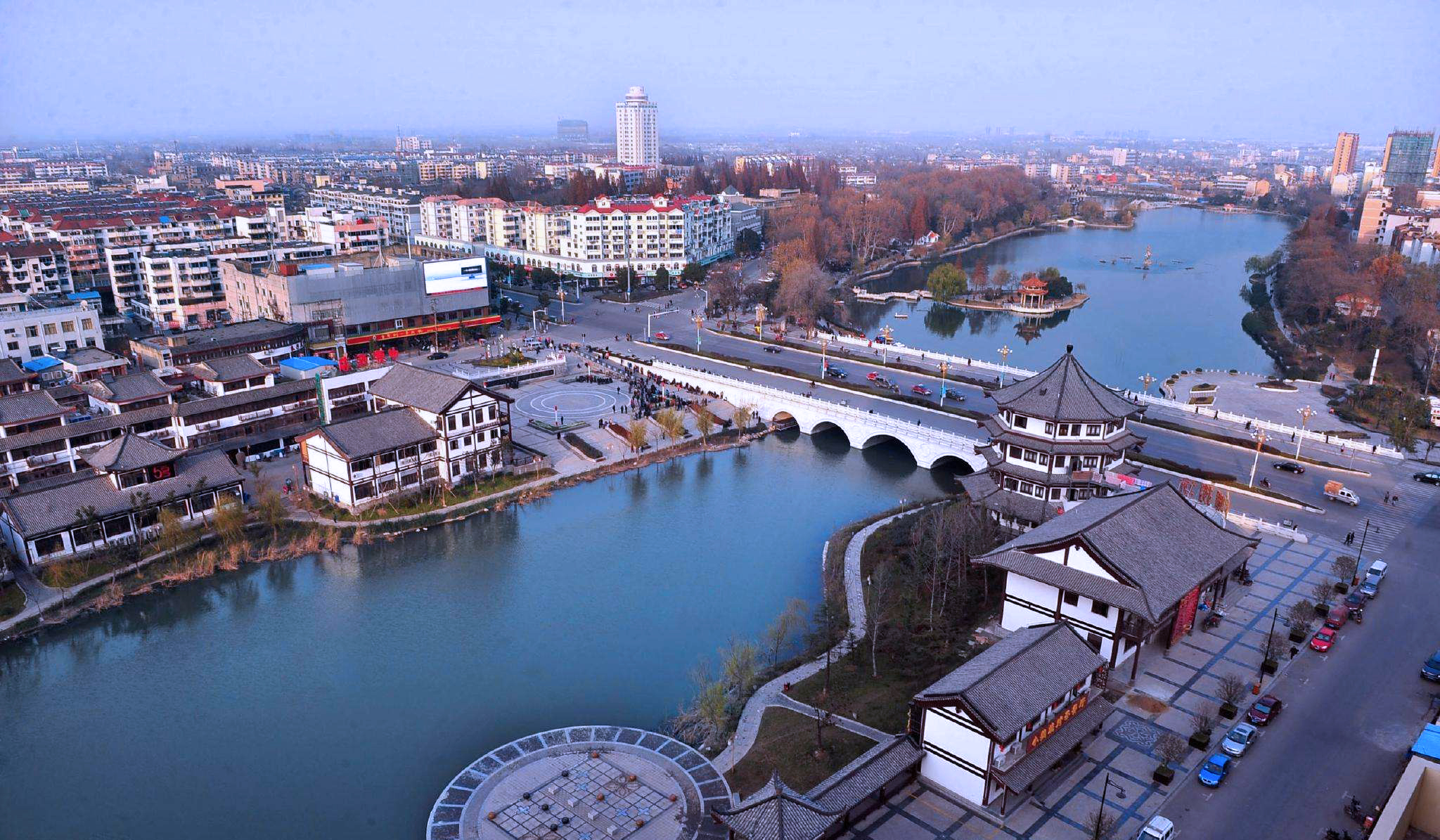


Das Dabie-Gebirge bzw. Dabie Shan (chinesisch 大别山, Pinyin Dàbié Shān) ist ein Mittelgebirge in der Volksrepublik China, im Grenzgebiet der drei Provinzen Hubei, Henan und Anhui.Es verläuft von Nordwest nach Südost und bildet die Wasserscheide zwischen den Flüssen Huai He und Jangtsekiang. Sein höchster Gipfel erreicht 1852 m und liegt im Nordosten des Gebirges. Der Dabie Shan bildet den östlichen Ausläufer des Qinling-Gebirges und endet im Südosten abrupt an der aktiven Tan-Lu-Störung. Es findet seine geologisch-morphologische Fortsetzung auf der Shandong-Halbinsel und in Zentralkorea.
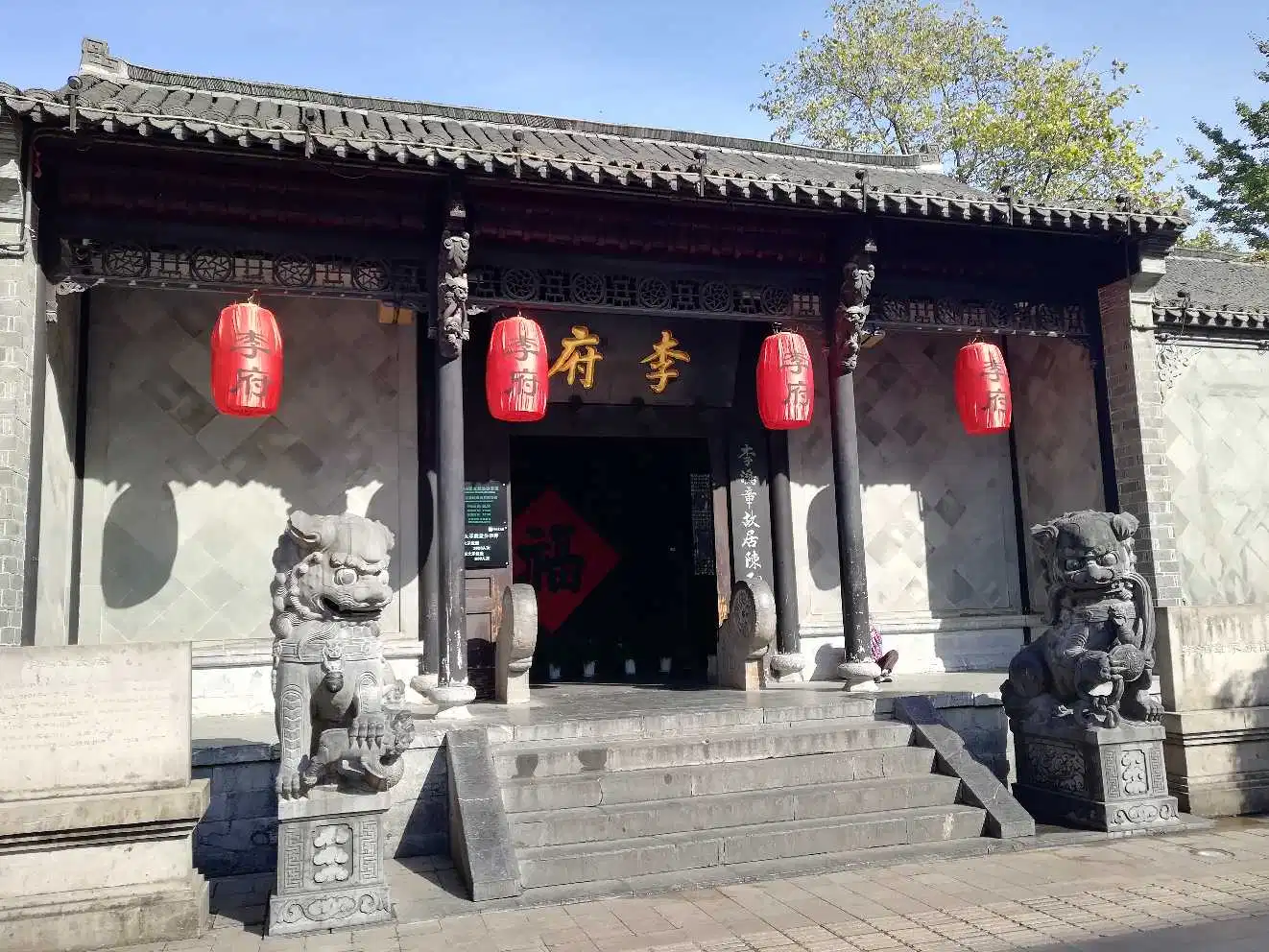


 Automobile
Automobile
 Companies
Companies
 Transport and traffic
Transport and traffic
 Art
Art
 Geography
Geography